Over 50 million years ago, the Indian tectonic plate collided with the Eurasian plate. The result? A little mountain range we know as the Himalayas. To this day, its permafrost peaks inch ever higher into the sky. This constantly changing landscape served as the inspiration for Royal Enfield’s first adventure bike, the Himalayan.
Just like the world’s tallest mountains, slow, incremental change has defined the ADV’s timeline — until now. The 2024 Royal Enfield Himalayan isn’t a mere evolution of the existing platform. It’s a tectonic shift.
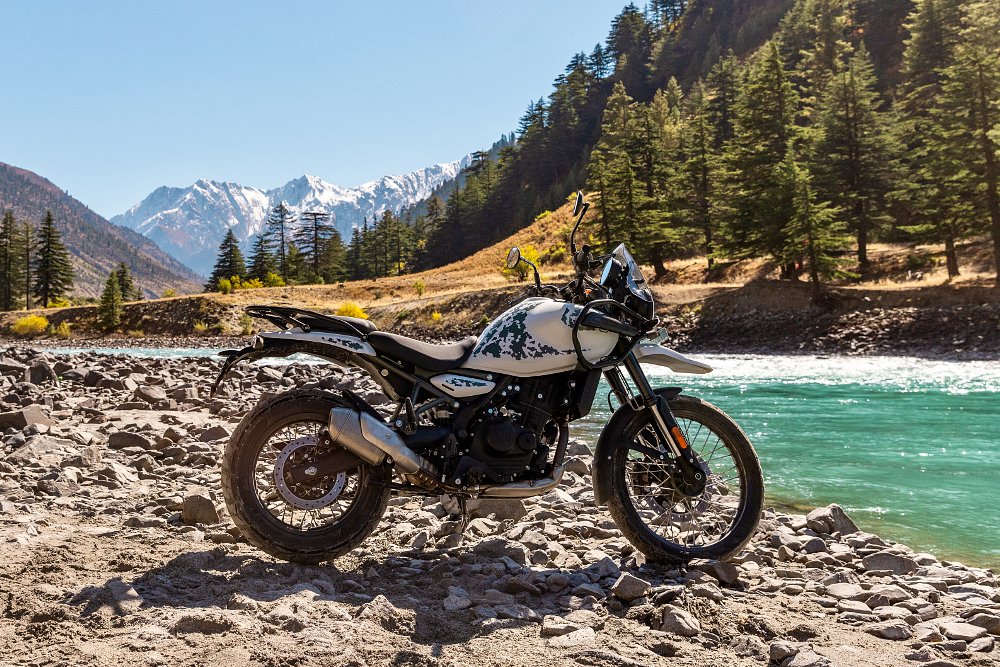
New bike, who dis?
When the original Himalayan earned praise, one qualification frequently followed: price. But, saying “It’s a good bike, for $4,499” is like saying “The food’s good, for airplane food.” Well, yeah, but is it good for food food? On the opposite side of the coin, that low MSRP also served as an excuse. From the anemic engine to the noodly suspension, common criticisms were often met with, “What do you expect from such a cheap motorcycle?”
When it comes to the all-new Himalayan, Royal Enfield wants no part in such excuses. Company CEO B. Govindarajan said as much at the model’s global press launch in the Himalayan town of Manali, India. The brand kept its receipts, too, setting its sights on customer complaints from the last eight years. The outcome is a ground-up rebuild. One that Enfield was eager to show off with a two-day ride through the Indian Himalayas.
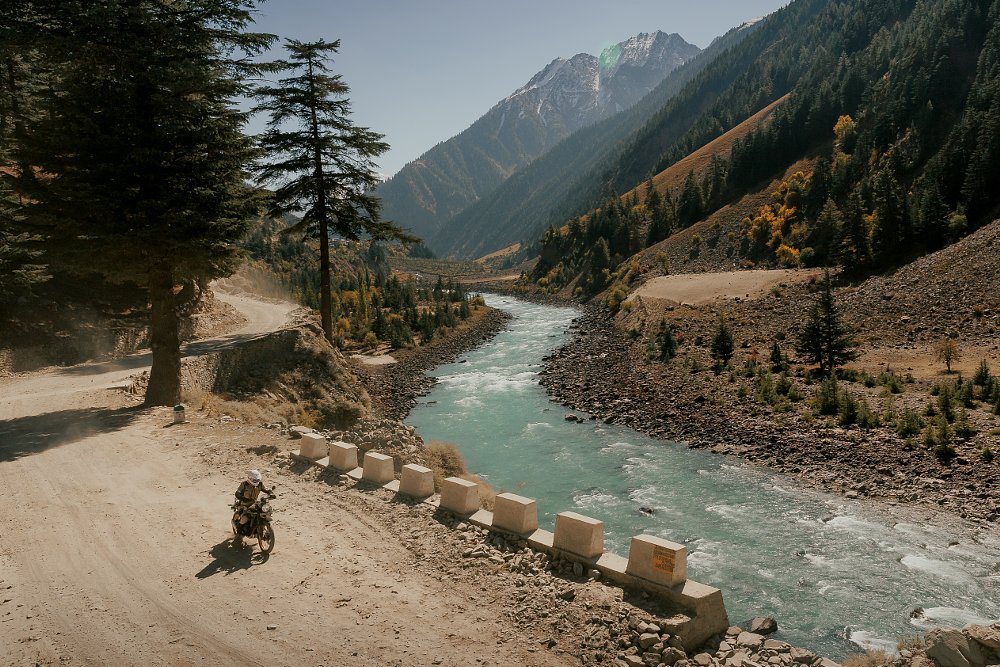
After four flights, more than 11,000 miles traveled, and countless curries consumed (mmm, butter chicken), I finally threw a leg over the long-awaited adventurer. As vapor billowed from its exhaust in the chill dawn air, I’d never been more excited to ride a Royal Enfield-badged bike. And yet, the question remained, had the little Himmy outgrown its price-tag caveats?
Here’s the plot twist, we won’t know the starting price until later next year. Even so, it’s clear that the Himalayan aims to set a higher bar in 2024.
To new heights
Leaving behind its agricultural, 411 cc lump, the Himalayan now showcases Enfield’s newly developed 450 Sherpa single. Both its larger 452 cc capacity and 11.5:1 compression ratio hint at RE’s aspirations. Toss in liquid cooling and dual overhead cams, and you have the Indian OEM’s first thoroughly modern mill.
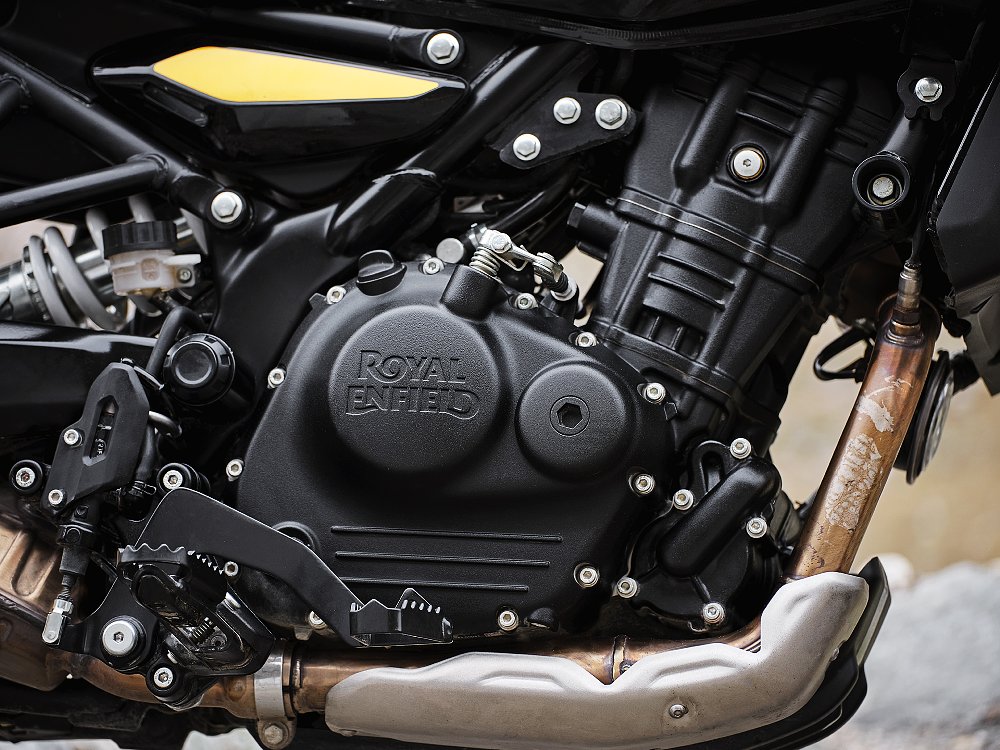
All these factors lead to more hustle and more muscle. The former, by way of 40 horsepower (at 8,000 rpm). The latter, courtesy of 29.5 foot-pounds of torque (at 5,500 rpm). According to the engineers, those figures equate to a 65% increase in peak power and a 25% increase in max torque. It’s all well and good on a spec chart, but something tells me you’re more interested in how that translates to the road. (I’ll get to that shortly, pinky promise.)
The Sherpa doesn’t just usher the Himalayan to higher power peaks, it also takes a different route to get there. A ride-by-wire system presents two throttle responses (Performance and Eco), along with switchable rear ABS in both modes. At the tail end of the drivetrain, a six-speed gearbox answers calls for extra highway capability. As Indian roads go, the single seldom spun north of 70 mph, but winding ribbons of tarmac — and terrain — throughout the region exposed many of its strengths and shortcomings.
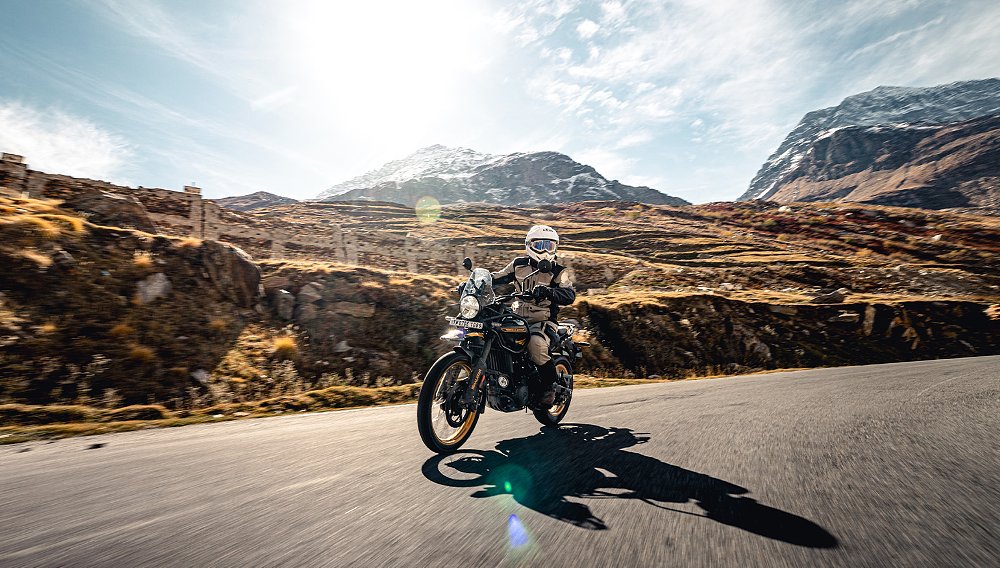
The thumper's improved responsiveness is evident from the first crack of the throttle. No longer plagued by carburetor-like fueling or molasses-slow acceleration, the Himalayan feels immediately more playful. That sensation isn’t contained to takeoff, either. With the single delivering 90% of its torque from 3,000 to 8,000 rpm, its lively nature is spread broadly across the rev range.
Problems only occur when the engine falls below the 3,000-rpm threshold. Miss a downshift into a hairpin and the thumper bogs out of the corner exit. The same is true on the trail. Treading into technical terrain? Good luck choosing between the herky-jerky throttle action of first gear and the lug-lug-lug of second. In such situations, liberal clutch application nursed the Sherpa back to its vigorous self. In no way is it a fatal flaw, but it’s a characteristic worth considering in such a tightly contested category.
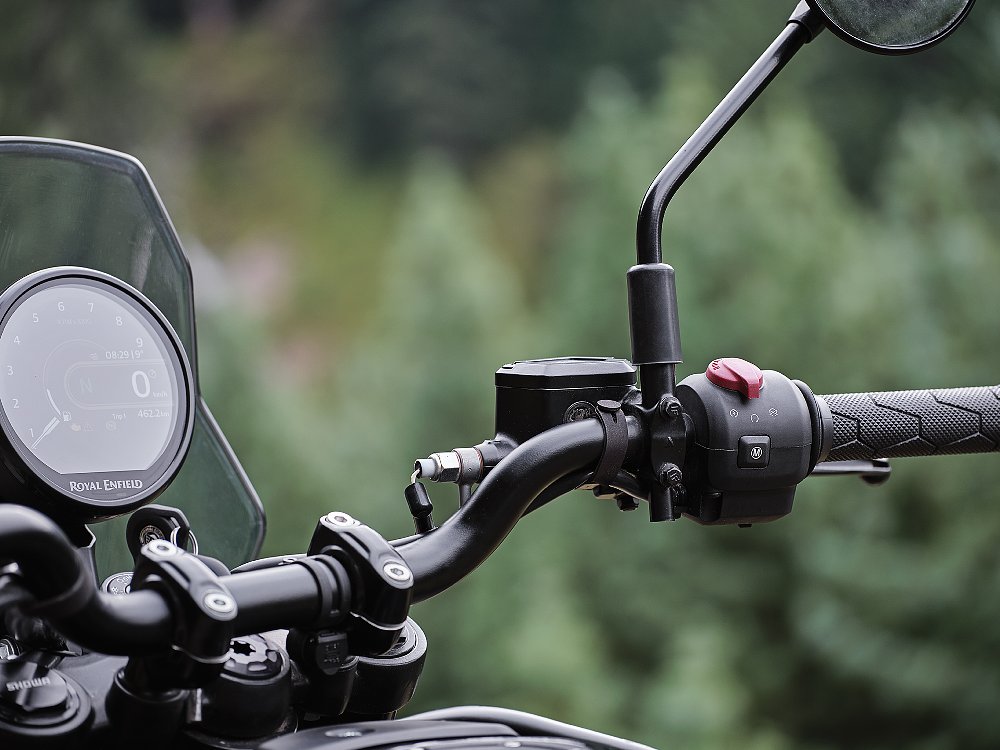
Another niggle lies with the ride mode selector. Thanks to a dedicated Mode button on the right switchgear, cycling through all four ride options is a simple press away. There’s just one major problem. Riders can’t change modes on the go. Several times, I attempted to switch from Performance with ABS on to Performance with ABS off (they’re separate modes on the Himalayan. I know, I thought the same thing) just to be greeted by a message instructing me to cycle the ignition before making the swap.
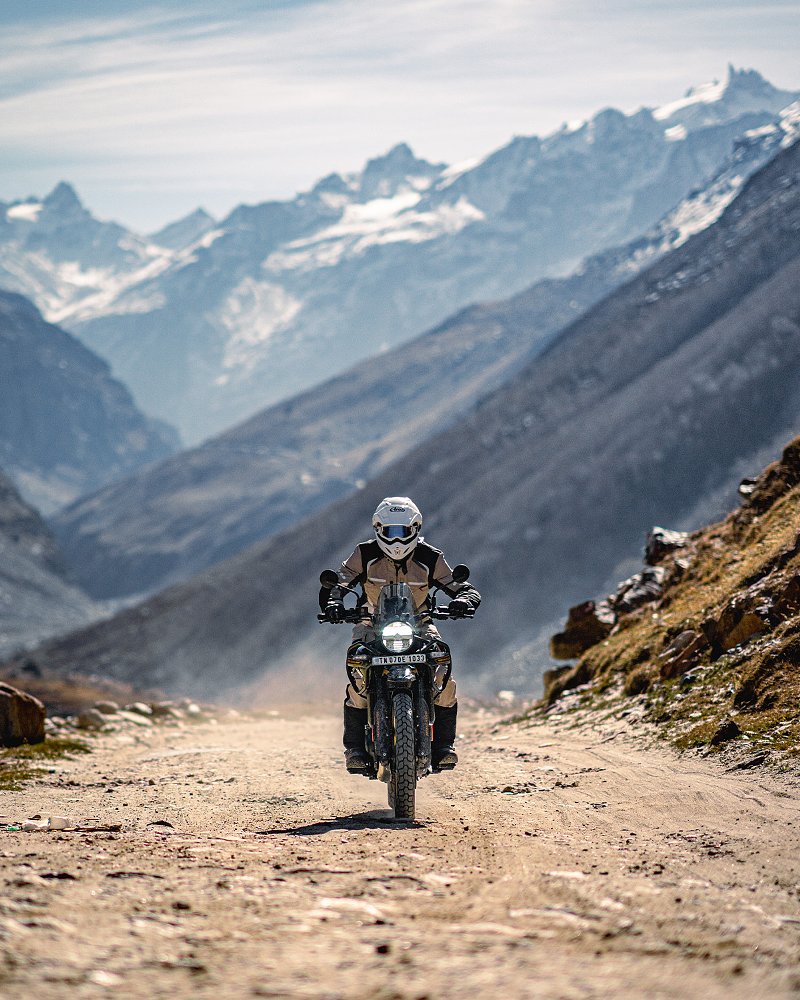
That wouldn’t be a deterrent if portions of the road weren’t completely washed away, leaving unexpected expanses of dirt along our route. Had I been on a solo trip, a quick roadside stop would remedy the situation in a cinch. But in a group setting, I simply plowed through the gravel sections with ABS-less abandon. If you don’t want to interrupt a long highway run or hold up a group ride, that safety precaution could become inconvenient in no time.
Ultimately, the Sherpa 450 isn’t just a sea-change for the Himalayan, it’s also a massive leap forward for Royal Enfield. Sure, the brand has room to refine the powerplant with future iterations. For now, it’s equal parts accessible and engaging. The backcountry roads of Himachal Pradesh may have highlighted the saucy single’s enhanced performance, but it also put the overhauled chassis on full display.
All together now
No one expects Royal Enfield to throw around terms like “stressed member” or “USD fork.” Yet, those descriptors litter the 2024 Himalayan’s brochure. Anchoring the all-new 452 cc single is a steel tubular twin-spar frame. That package is suspended by a 43 mm separate-function fork and a linkage-type monoshock, yielding 7.9 inches of travel at both ends. Staying true to its Indian roots, a CEAT GRIPP RE F tire wraps the 21-inch front wheel, while the 17-inch rear rolls on Rad Steel RE rubber. Brembo's Indian subsidiary ByBre provides the braking system.
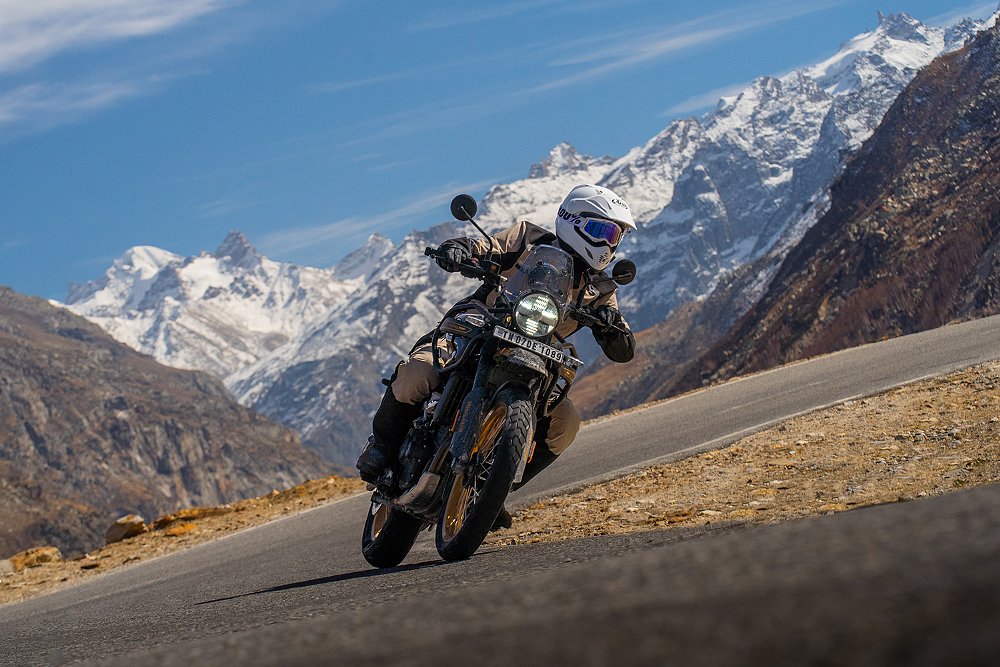
The componentry improves on Himalayan equipment of the past, both individually and collectively. The frame: more rigid. The suspension: more supportive. The brakes: more powerful. Despite CEAT’s lack of name recognition (here in the States, at least), the tires performed admirably on the road — even under the “ride-it-like-you-stole-it” pace so common at press launches. It’s a slightly different story in the dirt.
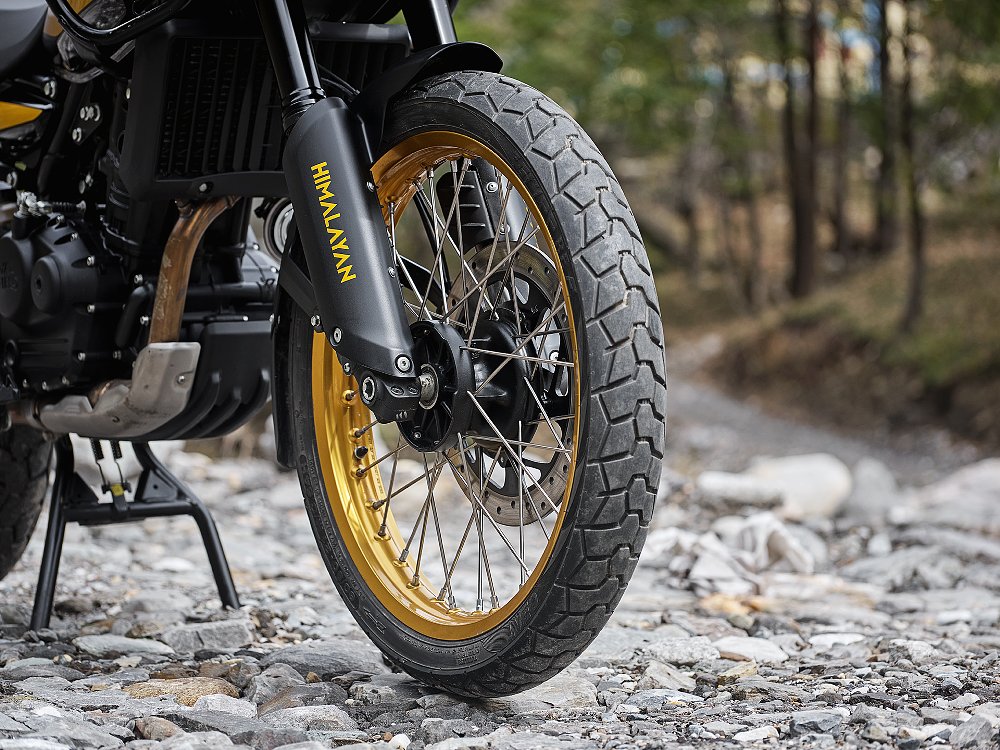
Many of the trails we traversed featured hard pack and loose rocks. The stock rubber handled those conditions with relative ease. However, a front-end slide through deep sand and several rear-end step-outs illustrated the need for more aggressive tread. Should you see extensive off-roading in your crystal ball, upgrading to knobbier tires might be in your future as well. RE encourages such excursions, too, especially when considering the model’s updated suspension.
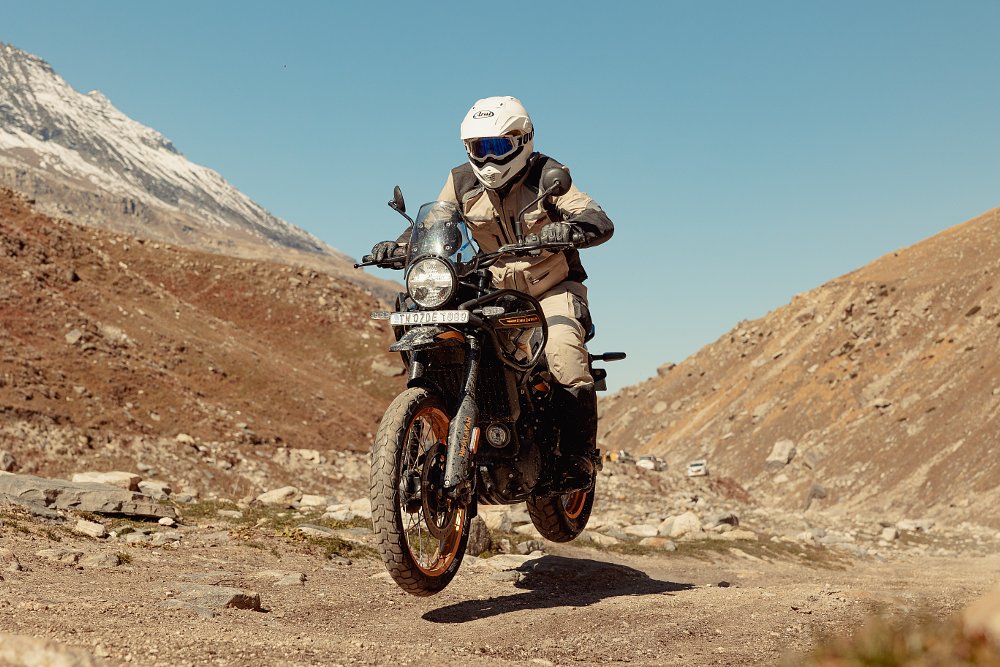
The Himalayan’s previous suspenders were notoriously undersprung and poorly damped, prioritizing approachability over capability. This time around, the inverted fork and rear shock find a balance between comfort and competency. Even with the rockslides, g-outs, crumbling asphalt enriching our on-road experience, the Himalayan remained largely composed. Unlike years past, the front end didn’t nosedive under heavy braking. The non-adjustable setup could benefit from a few clicks of rebound damping, but it’s more than sufficient for a bike of this ilk.
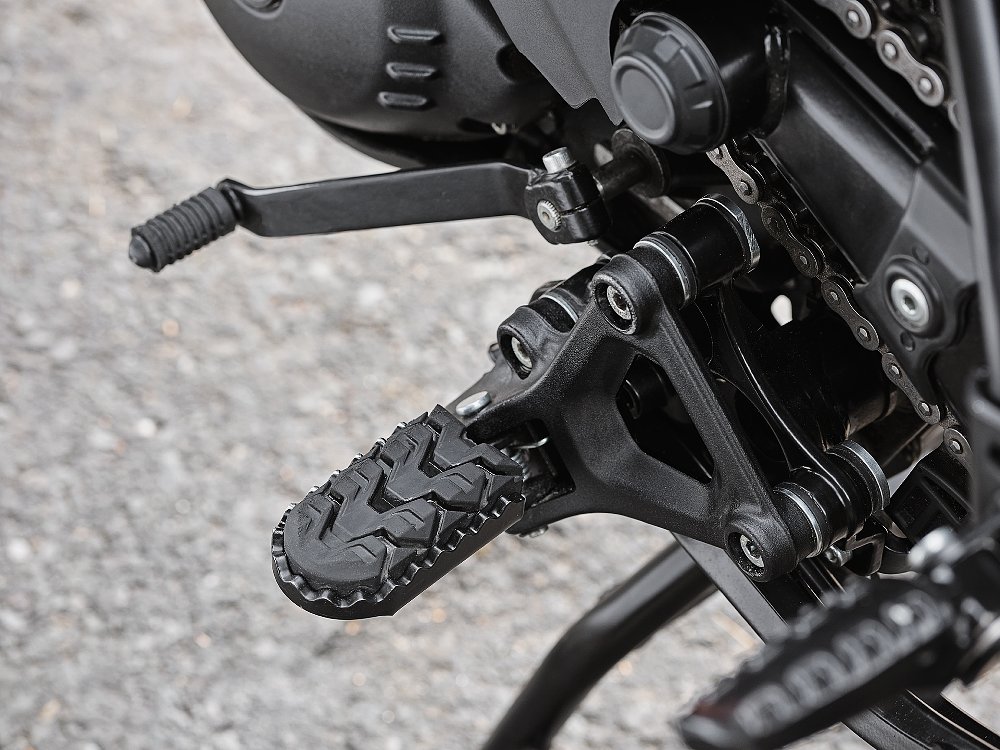
The suspension held its own on the trail, too. At 180 pounds (in full gear) and carrying a mild pace, I never blew through the 7.9-inch stroke. Colleagues of greater off-road skill (and weight, I should add) admitted to bottoming out, but only on the rarest of occasions. Nevertheless, the Himalayan’s new chassis is an impressive progression over its predecessor. Yes, it’s still hefty for a small-bore ADV, at 432 pounds (wet). However, Royal Enfield addressed many of the platform’s deficiencies; even if it presented new problems in the process.
Mo’ features, mo’ problems
This is the part of the review where I curb the reader’s enthusiasm with a few nagging issues. The shorter windshield is one of them. Low handlebar risers are another. Two nits I couldn’t pick with the old Himalayan. Still, there’s one cockpit addition that significantly improves the user experience.
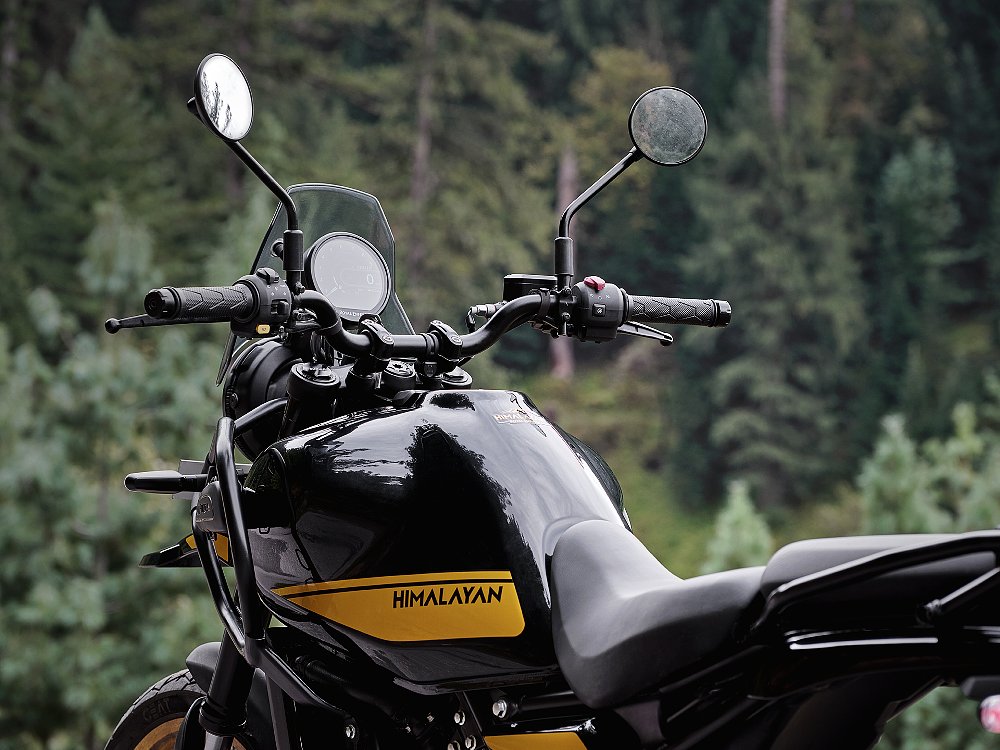
RE completes the Himalayan’s glow-up by consolidating its analog gauges, LCD panel, and Tripper navigation pod into a single, full-color TFT dash. The round, four-inch screen touts three layouts and Bluetooth connectivity. When paired with the Royal Enfield App, users can also access turn-by-turn navigation, play music, and answer phone calls. I’m happy to report that operating the system is generally intuitive with a d-pad-style controller at the left grip. At the same time, the advanced tech comes with some unintended drawbacks.
Pairing my device with the system was simple enough — as long as it remained on. When the user puts their phone in standby mode or exits the app, the connection drops. With the screen always on and navigation services active, my battery barely lasted through lunch. A USB-C outlet mounted under the handlebars would’ve recuperated the drained juice, except Enfield didn’t provide a phone mount. Why? Well, the fully integrated TFT was intended to keep devices (and unsightly mounting equipment) off the bike’s handlebars, according to the designers.
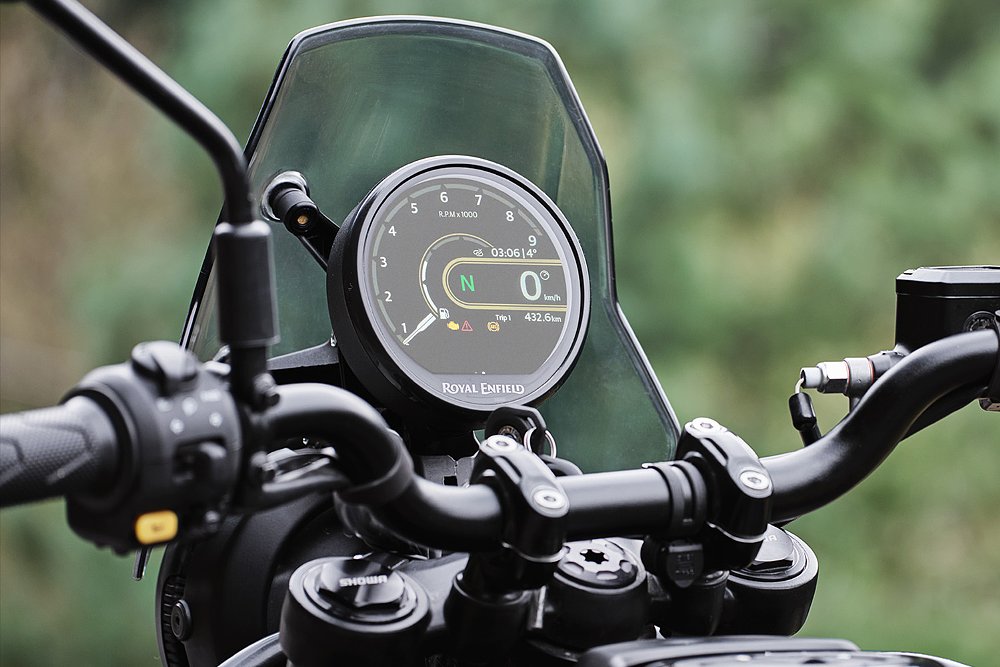
That wouldn’t be so problematic if the screen’s available space wasn’t so limiting. The standard layout highlights the vehicle’s speed, gear indicator, and tachometer, which crams ride data (trip meters, fuel consumption, etc.), turn-by-turn directions, and music tabs into the display’s lower third. In the navigation mode, a map view dominates the screen, relegating key information to the bottom of the dash. Retrieving additional data like fuel range became a multi-step process as a result. Even if the all-in-one dash is a clear upgrade over the Himalayan’s analog gauges, I’d love to see Royal Enfield utilize more of the surface area in the future.
At what cost?
It’s indisputable, the Himalayan is a markedly improved motorcycle in 2024. The engine is modern. The chassis is compliant. The tech is convenient. The Himalayan completely reinvented itself, in both function and form. Without its air-cooling fins, double-cradle frame, and chiseled fuel tank, the model no longer tickles the nostalgia bone. But what it loses in looks, it gains in personality. Royal Enfield’s ADV will need that edge to compete in the crowded and contested adventure bike market.
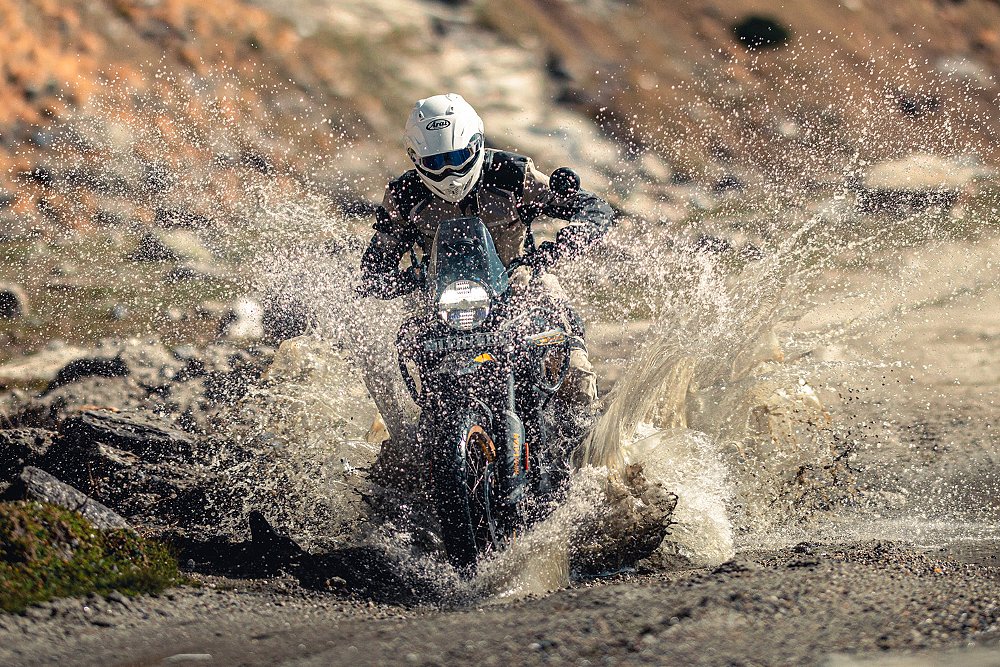
The Himalayan previously occupied a specialized corner of the small-bore segment. By leveling up, it pits itself squarely against the likes of KTM’s 390 Adventure and BMW’s G 310 GS. The category will only grow more competitive with the arrival of the Triumph Scrambler 400 X. Yet, Royal Enfield isn't shrinking from the battle ahead.
The 2024 Himalayan is a good bike, full stop. Its MSRP may not be available at this time, but the $7,399 390 Adventure and $5,595 Scrambler 400 X should hint at a potential retail value. Once that information is available, I wouldn’t be surprised if the narrative shifts to “It’s a good bike, especially for the price.”
| 2024 Royal Enfield Himalayan | |
|---|---|
| Price (MSRP) | TBA |
| Engine | 452 cc, liquid-cooled, four-valve, single |
|
Transmission, final drive |
Six-speed, chain |
| Claimed horsepower | 40 @ 8,000 rpm |
| Claimed torque | 29.5 foot-pounds @ 5,500 rpm |
| Frame | Steel tubular twin-spar |
| Front suspension | Showa 43 mm fork, non-adjustable; 7.9 inches of travel |
| Rear suspension | Showa shock, adjustable for spring preload; 7.9 inches of travel |
| Front brake | Single ByBre two-piston caliper, 320 mm disc with ABS |
| Rear brake | ByBre single-piston caliper, 270 mm disc with switchable ABS |
| Rake, trail | 26.5 degrees, 5.0 inches |
| Wheelbase | 59.4 inches |
| Seat height | 32.5/33.3 inches |
| Fuel capacity | 4.5 gallons |
| Tires | CEAT GRIPP RE F/Rad Steel RE, 90/90-21 front, 140/80-R17 rear |
| Claimed weight | 432 pounds |
| Available | N/A |
| Warranty | 24 months |
| More info | royalenfield.com |


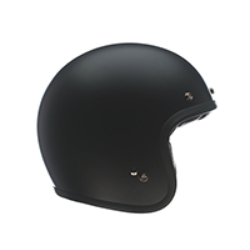

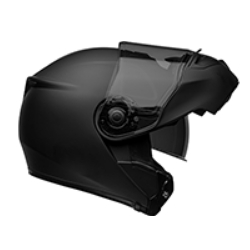

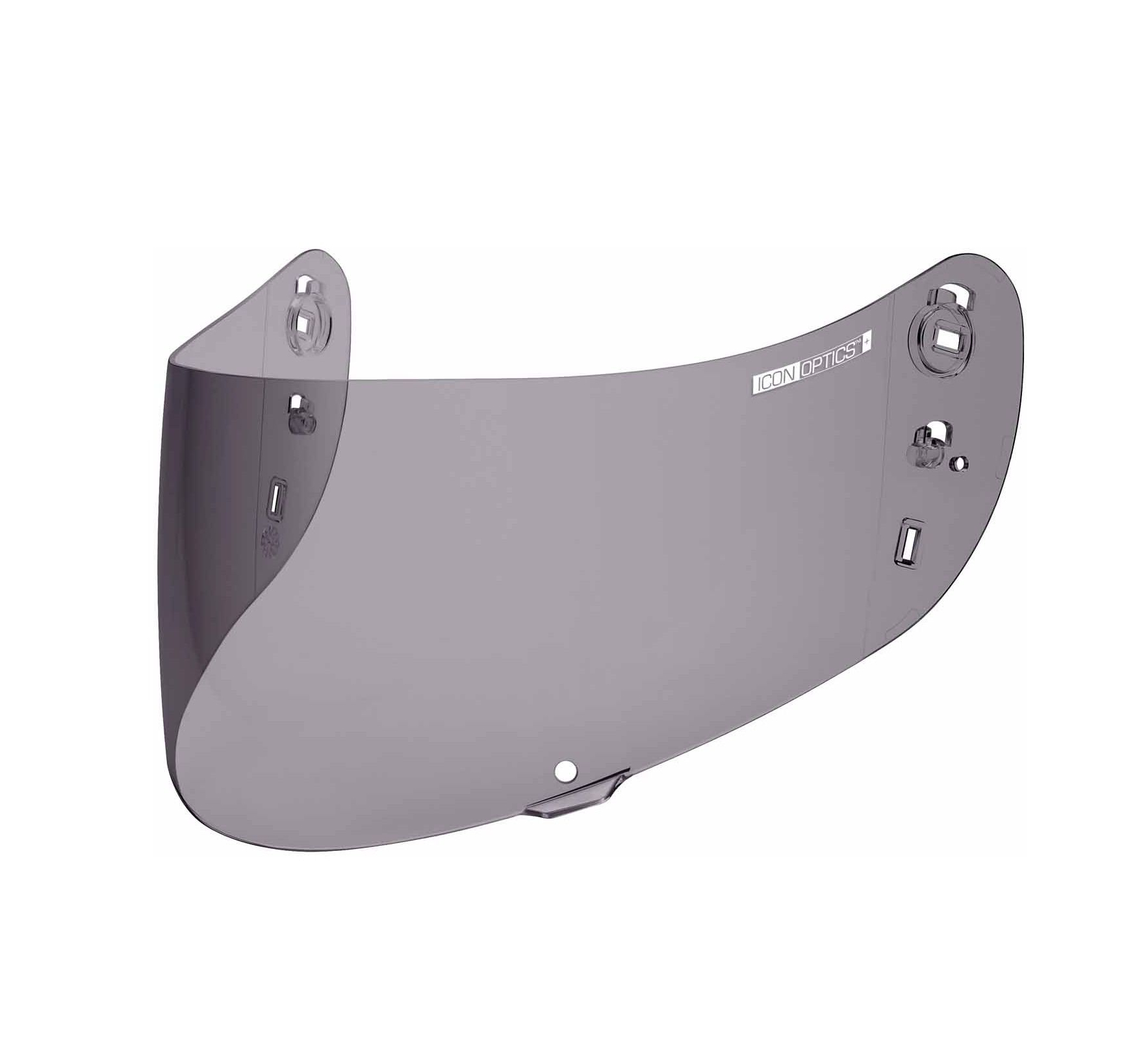
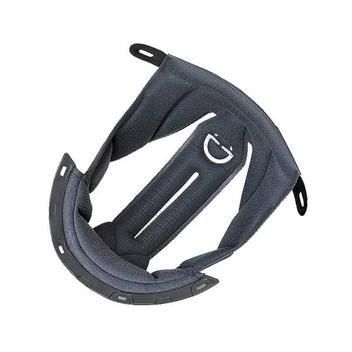
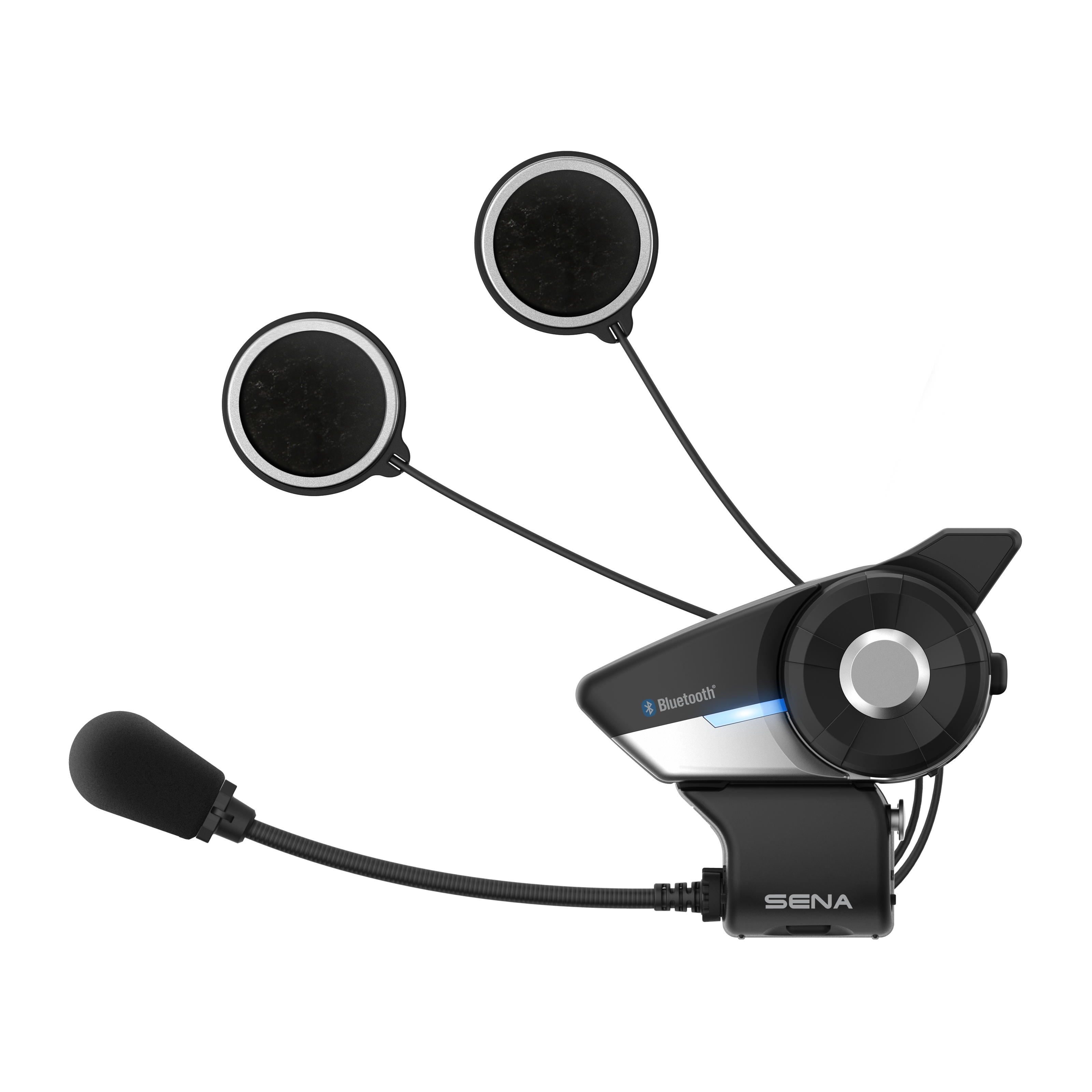


 Membership
Membership








